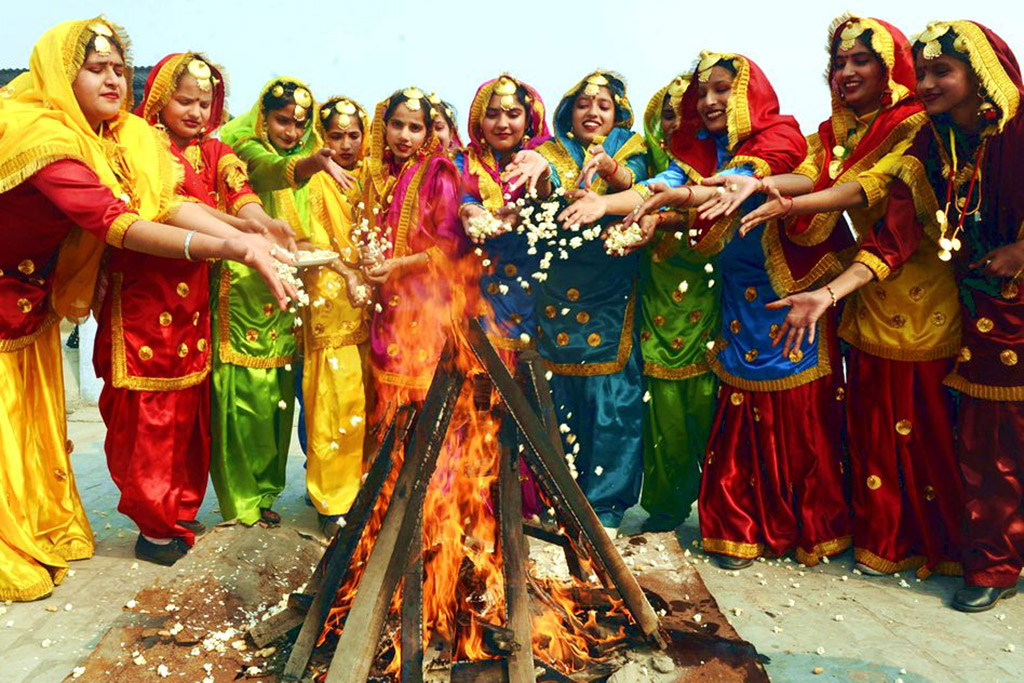
The sight of lush green fields is common in India. With almost half of the population engaged in agriculture, India is primarily an agrarian economy. The greenery permeates through the economy to the culture and social fabric of the country. In art, celebrations, decorations or festivals, the presence of farming or agriculture is strongly felt, especially in rural India. And hence it is no wonder that harvesting too finds its place planted in the cultural landscape of the country.
The harvesting festivals have just gone by. A long weekend of celebrations that the urban population usually associates with vacationing is in fact, highly significant for the farmer and his family. The importance of this agricultural festival is also heightened by the ongoing agitation by farmers in Delhi. The tussle continues between the government and the farmers and the road seems long ahead in terms of any resolution. A few harvesting festivals are yet to come and a few went by as people wished each other on social media painting the different hues of celebrations that are specific to different parts of the country.
Cropping Cycles in India
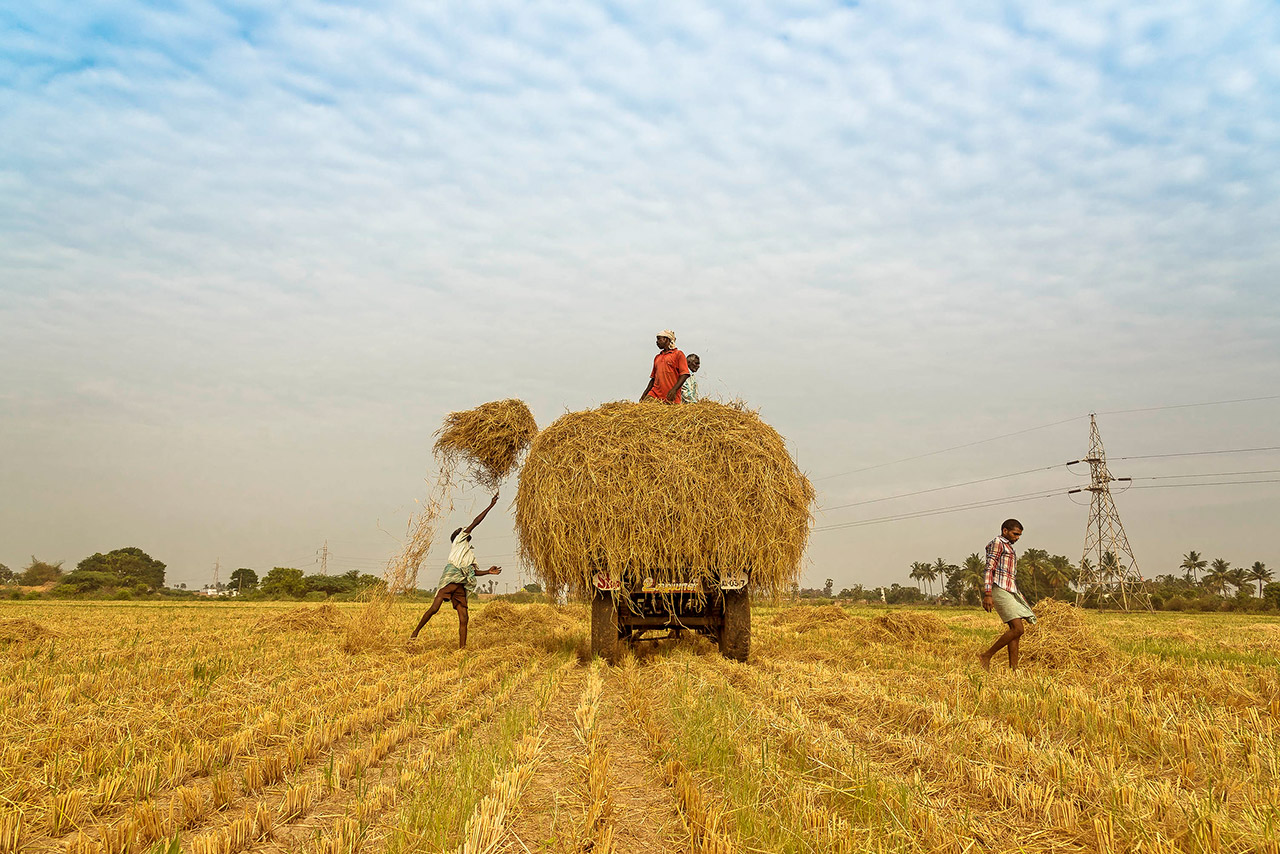
The crops grown in the country are divided on various parameters. One such is the kharif, ragi and zaid crops. The kharif crops are grown between July to October and depend heavily on the southwest monsoons for its success. The rabi cropping, on the other hand, is between October to March. Some of the kharif crops are maize, rice, millets, bajra, cotton etc. Rabi crops include barley, wheat, oats, mustard, chickpeas etc. Zaid crops are grown from March to June and include vegetables and fruits.
Harvesting of the crops thus differs depending on the type and season of the crops. Kharif crops are usually harvested in September-October and rabi crops in February – April. The first yield or harvest of any crop brings exceptional happiness and joy to the farmer because it is a direct result of his skill and hard work. And hence, harvest festivals are an important and integral way of celebrating the yield and acknowledging the role of both nature and the farmer in providing sustenance for just not themselves, but for others as well.
Harvesting Festivals of India – The philosophies and beliefs
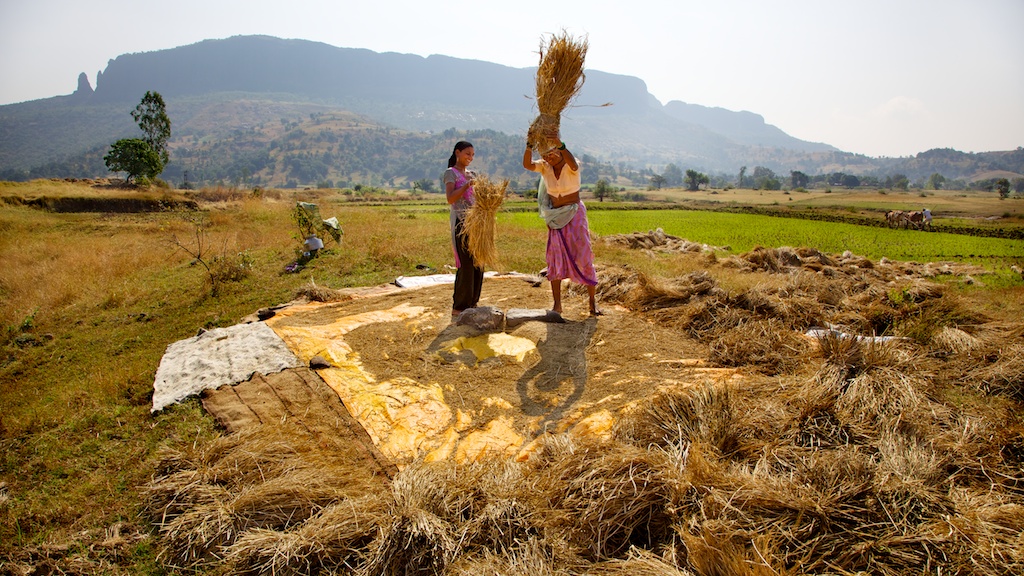
Any celebration in India is fraught with multiple layers of beliefs or rituals. Harvesting festivals are no different. Celebrated across the country and in fact, the world, harvesting festivals are all about thankfulness and gratitude. Whether it’s Thanksgiving in the USA or Canada or the Moon Festival in China, Vietnam, Malaysia etc. the idea behind the celebrations is to be grateful for a yield that can feed and sustain life.
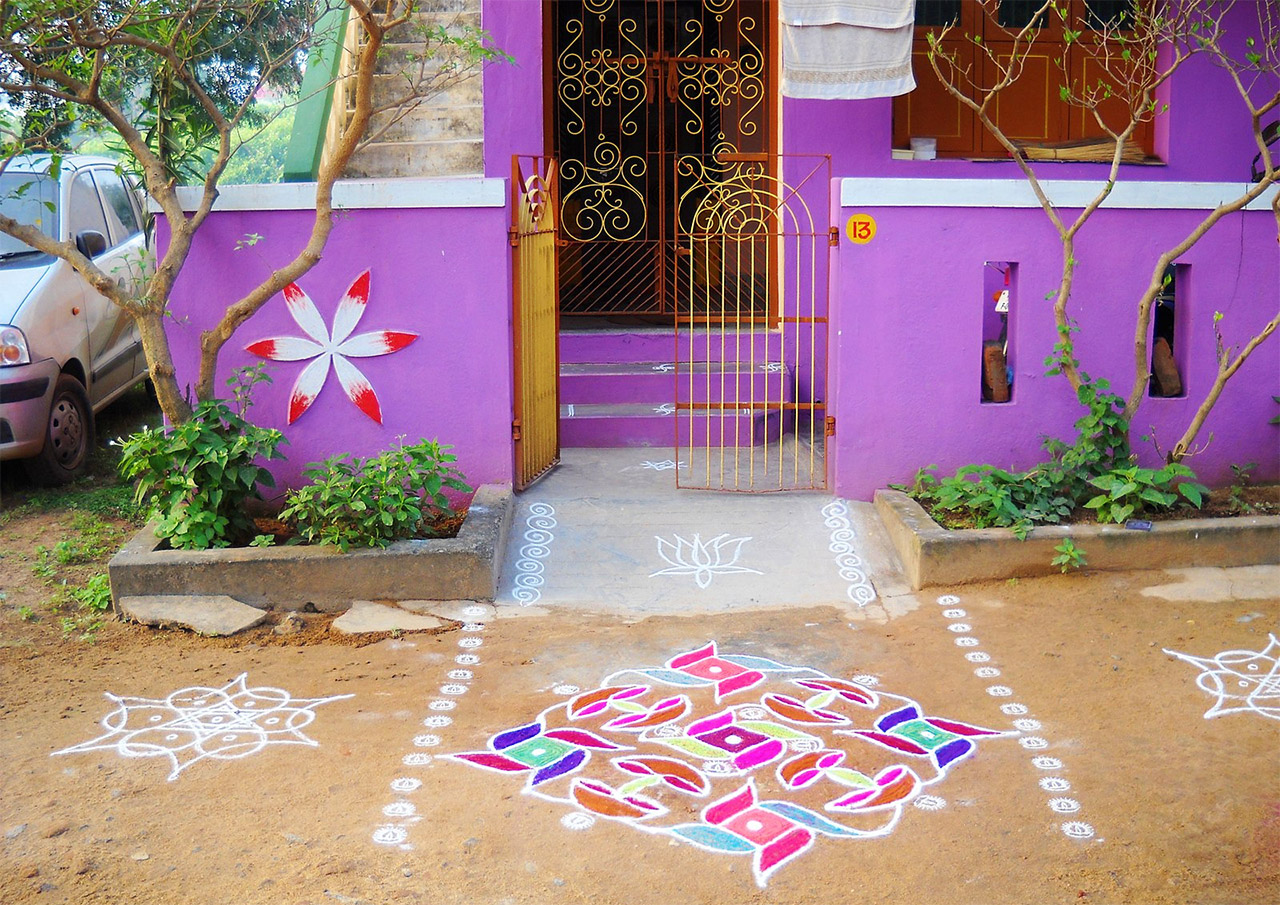
In India, whether it is Makar Sankranti, Pongal, Lohri or Baisakhi the main focus is on respecting food or ‘ann’. There is the understanding that a synchronized and seamless working together of natural elements along with mindful human intervention is the key to a successful yield or harvest. The farmer is well aware that all his skills and hard work might be of no use if nature decides to play havoc. Similarly, with the best of natural providence crops cannot be grown if the farmer doesn’t till the land, sow the seeds, nurture and understand the dynamics of his cropping patterns etc. And therefore, celebrating a harvest is much more than just mere manifestations. It is about a deeper belief and a symbiotic relation that in turn is beneficial to thousands of people.
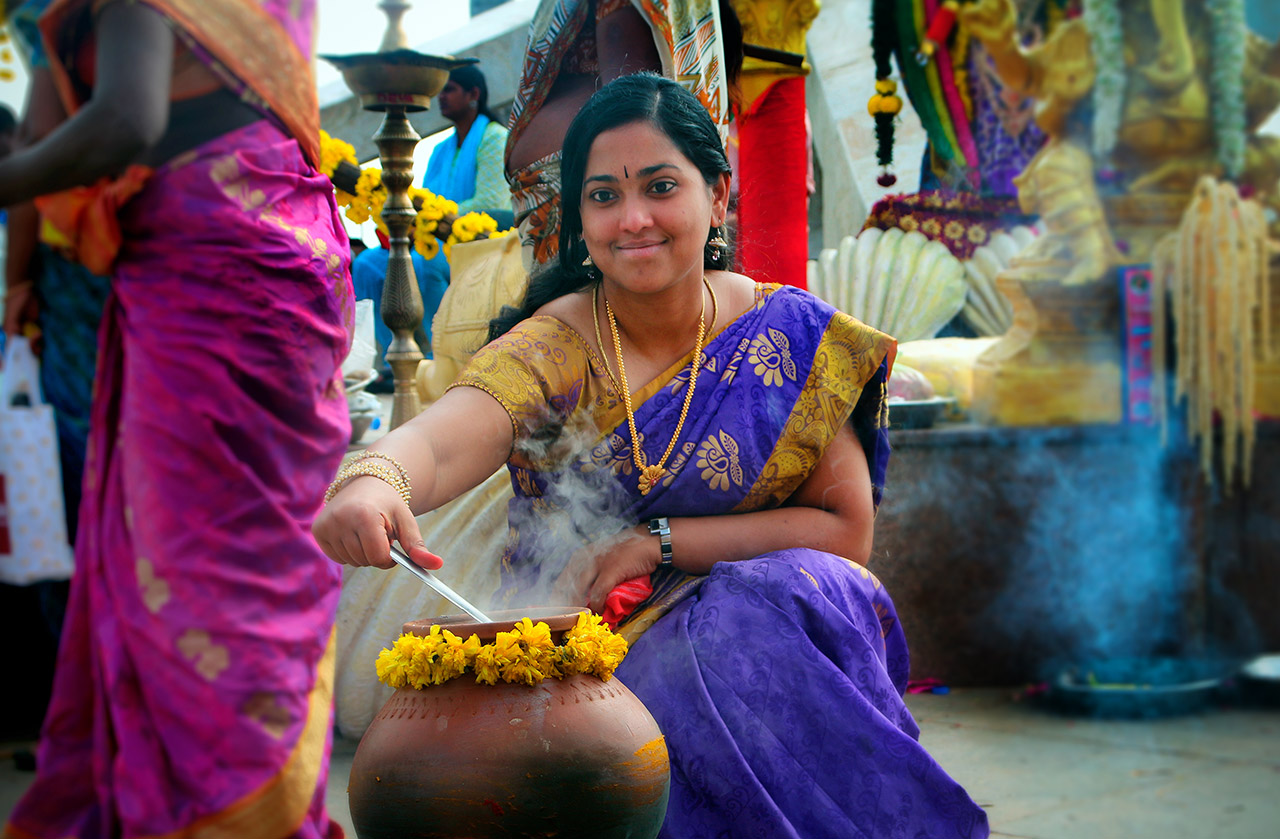
And thus, harvesting festivals remind us of how much nature and man work in tandem to create the most basic of necessities for survival. The mutual respect is evident and more so during the harvesting festivals of India. The natural forces required for a good yield, such as the sun is worshipped. Food is offered to the God’s and a general sense of gratitude and respect prevails.
Also, though agriculture is primarily a rural endeavor the harvest festivals are celebrated with a lot of fervor in urban areas too. Though the cultural and social undertones and expressions may vary, the basic philosophy is understood and celebrated well.
The Harvesting festivals – North and South India
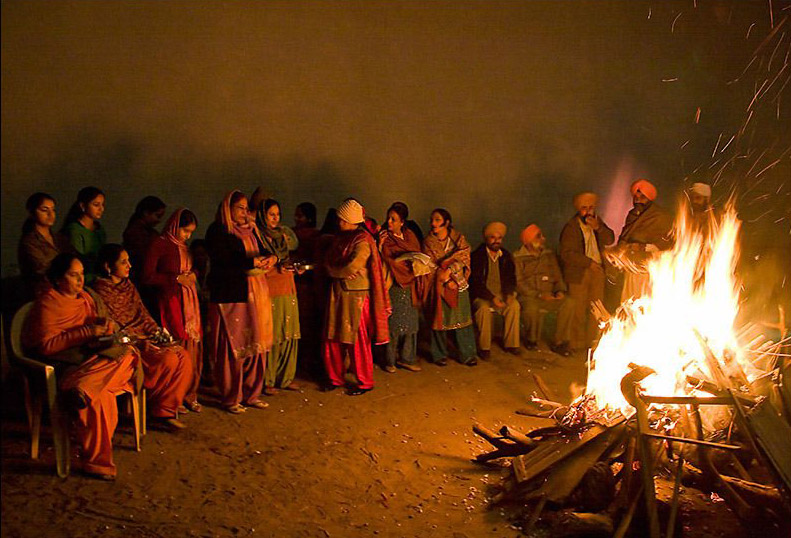
The harvest festivals are spread across the Indian calendar. In January some of the most celebrated harvested festivals make their way over both north and southern India.
Lohri, Makar Sankranti, Bihu and Pongal almost always coincide and are celebrated on the same days or a day or two apart. Lohri is celebrated in Punjab with its iconic celebratory image being a bonfire into which grains, nuts, corns etc. are offered as a ritual. There is also singing and dancing especially around the fire.
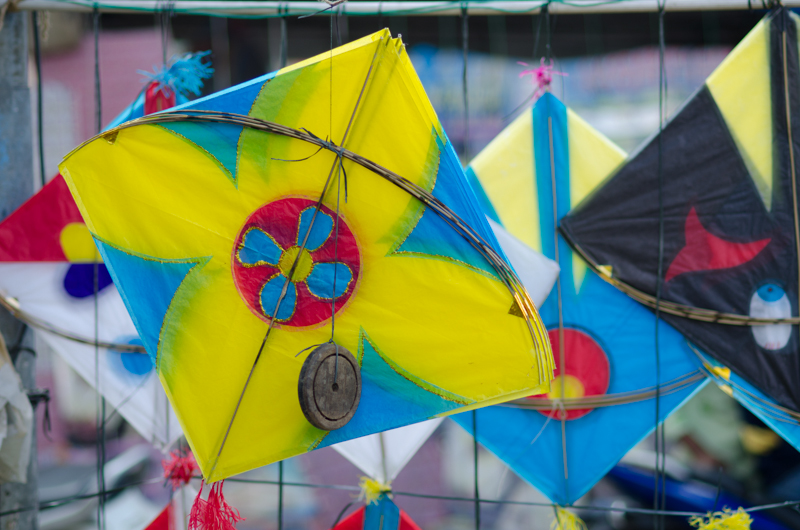
Makar Sankranti is celebrated in various parts of north India and is one of the most colorful festivals of the country. Also called the Festival of kites one can see colorful kites litter the sky as people make way to their terraces. In fact, kite flying competitions are also held in various states. Uttar Pradesh, Gujarat, Rajasthan are some states that celebrate Makar Sankranti. The famous Kumbh Mela also begins with Makar Sankranti and lasts for three months.
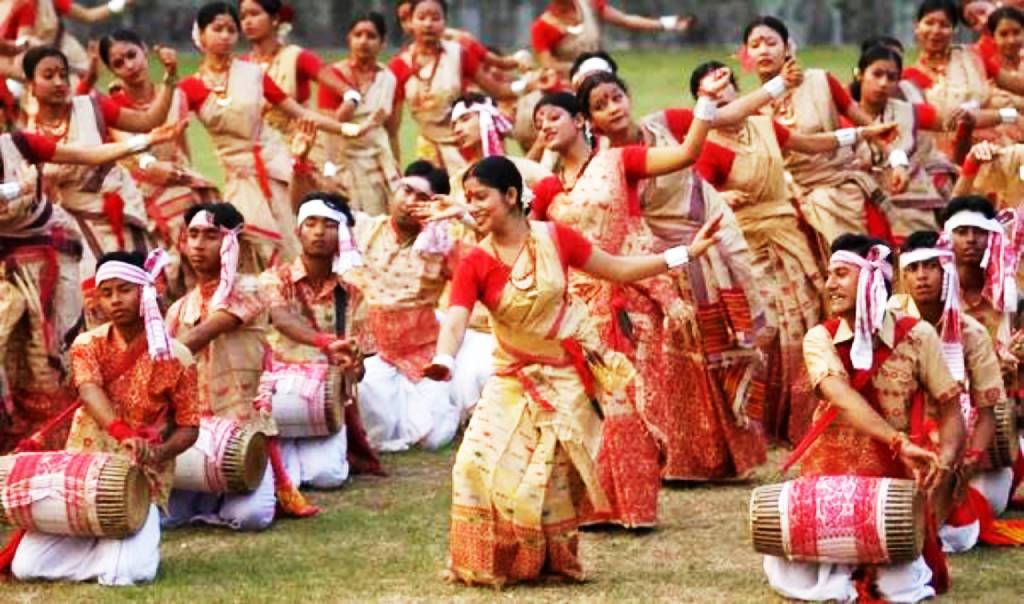
In January Assam celebrates Bhogali or Magh Bihu. Local traditions in the form of dances and songs fill the atmosphere of the feast and festivities.
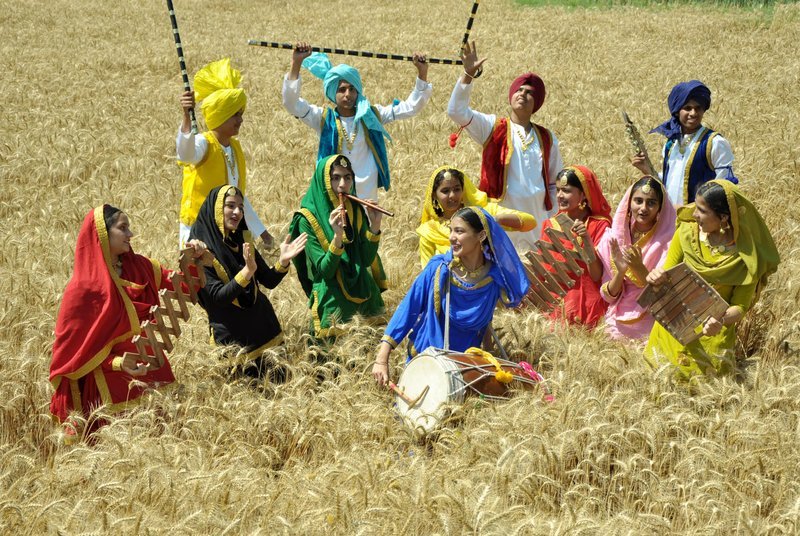
Baisakhi is usually celebrated in April in Punjab. In the Punjabi fervor this harvest festival has the renowned Baisakhi fairs which are all about dance, music, wrestling, acrobatics etc. Basant Panchami on the other hand is during February which welcomes the season of spring. The yellow mustard crops are found swaying in the fields at the advent of this festival celebrated in Haryana and Punjab.
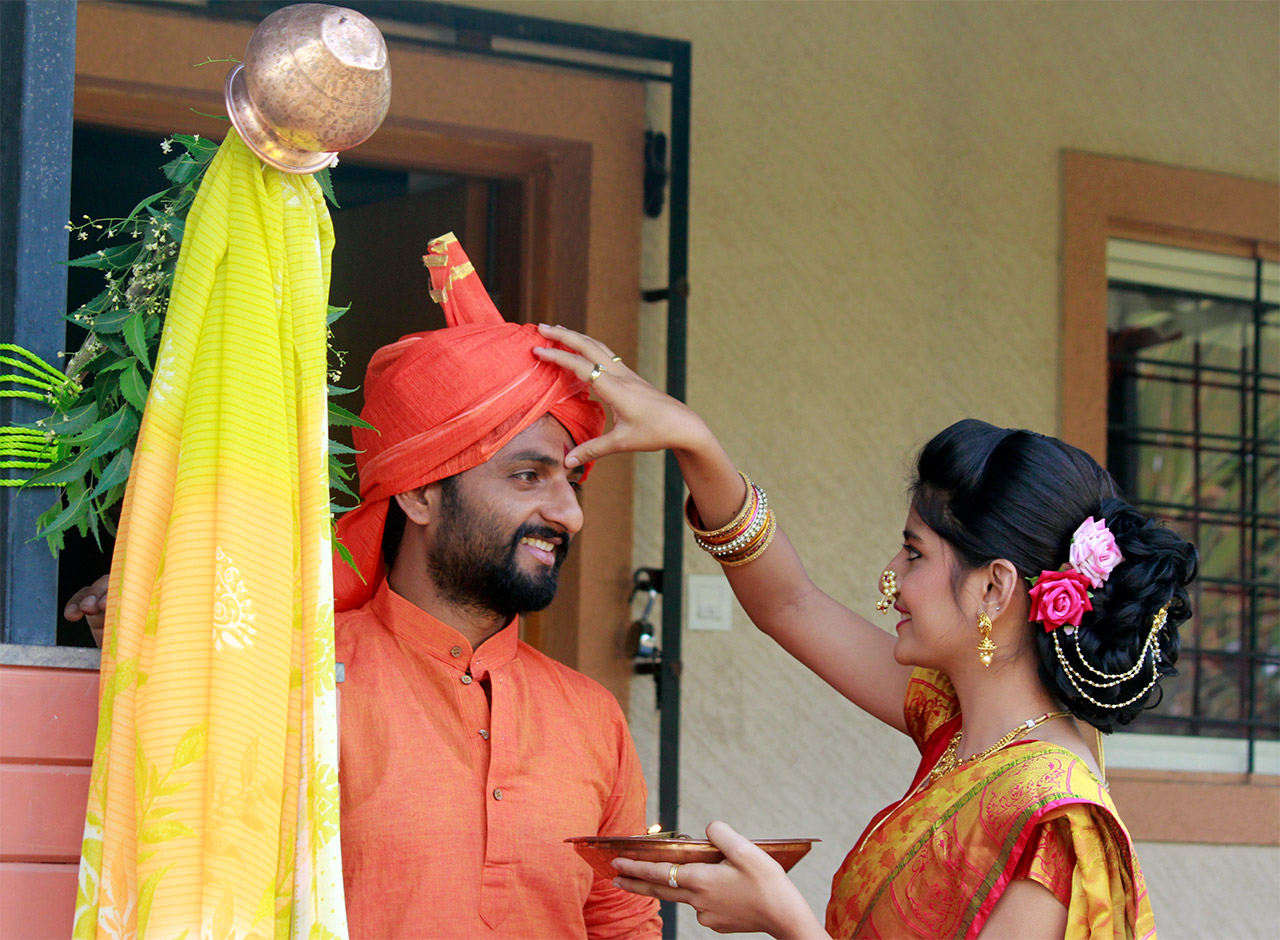
Gudi Padwa is a Maharashtra harvest festival that brings the onset of the New Year. Homes are decorated with rangolis and dolls and there is an ambience of merriment and meeting up with family and friends.
Nabana is a popular West Bengal harvest festival where the harvest of new rice is celebrated. The first grains are offered to Lakshmi. In Odisha, Nuakhai is a harvest festival but also celebrates the coming of new over the old.
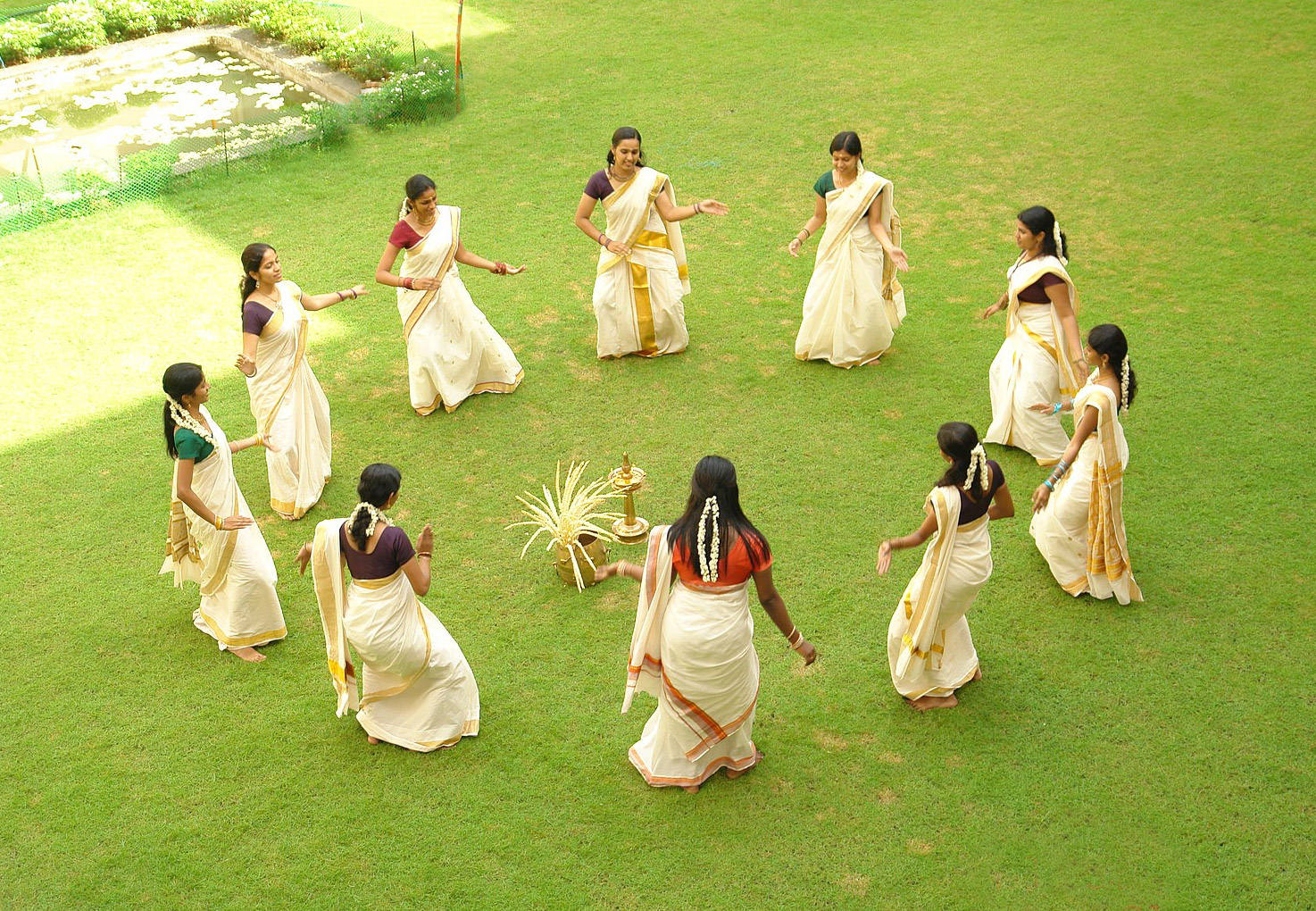
In southern India, Pongal is in fact, just another name for Makar Sankranti in the north. Divided into celebrations over four days, the sun, rain and cattle are worshipped. Special foods are prepared and offered to the deities for the success of the harvest.
In Kerala Onam marks the state’s harvest festival where traditional dishes are cooked and homes decorated with rangolis. Ugadi is another popular harvest festival of southern India, celebrated in Andhra Pradesh and Karnataka.
Food and festivities
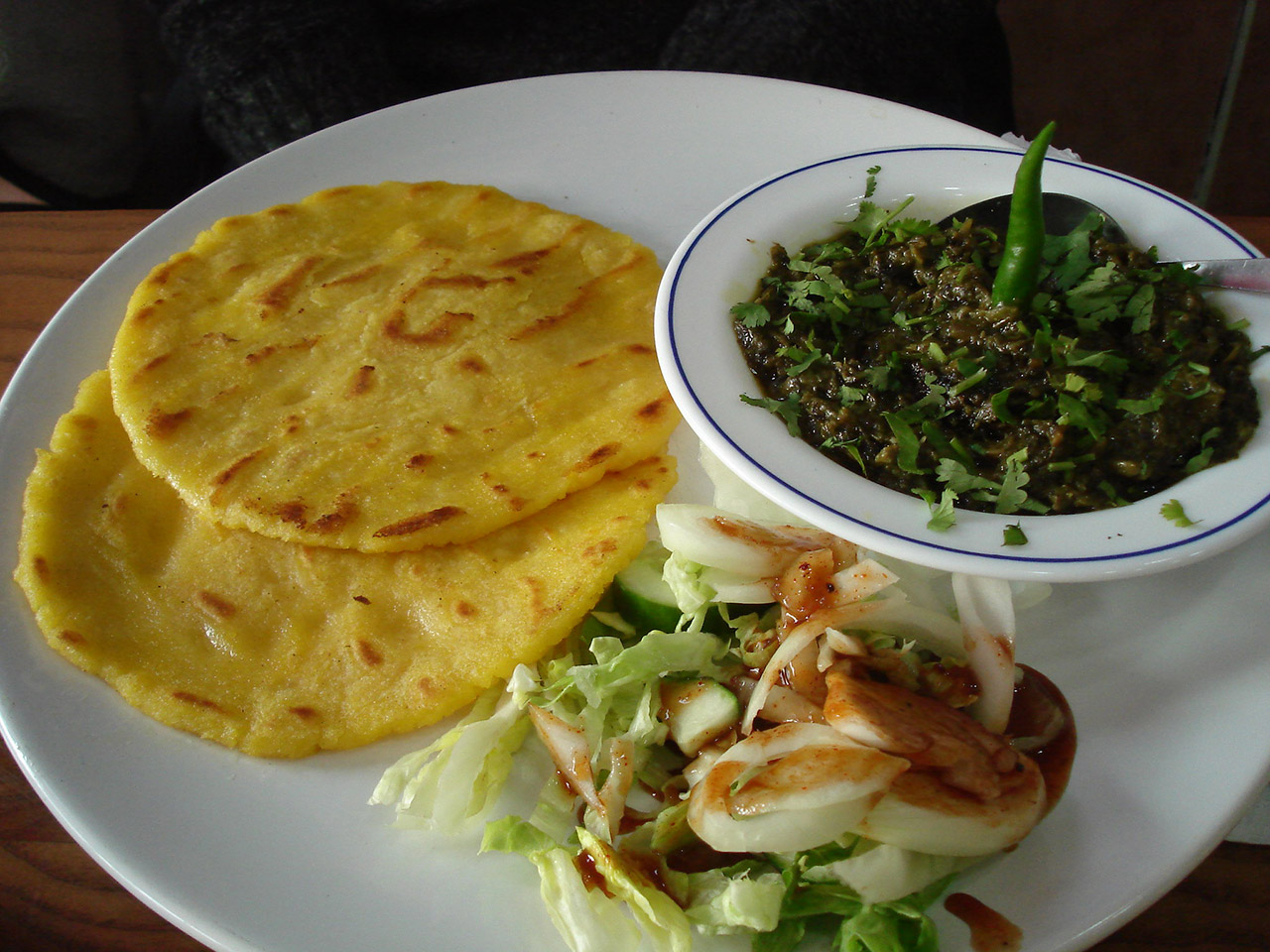
Undoubtedly, the celebrations of the harvest festivals are all about prayers and a lot of feasting. A number of traditional dishes are cooked and served during the harvest festivals. The range and variety of dishes vary across the country, but each state or region has its own special cuisines lined up for their respective harvest festivals. Sweet dishes made from jaggery and sesame are the heart of any Makar Sankranti festival. Basant Panchami is all about sarso ka saag and makkai ki roti. Bihu commences with a grand community feast the previous night called Uruka, whereas the absolutely sweet and delicious arsaa pitha from Odisha are the delight of Nuakhai.
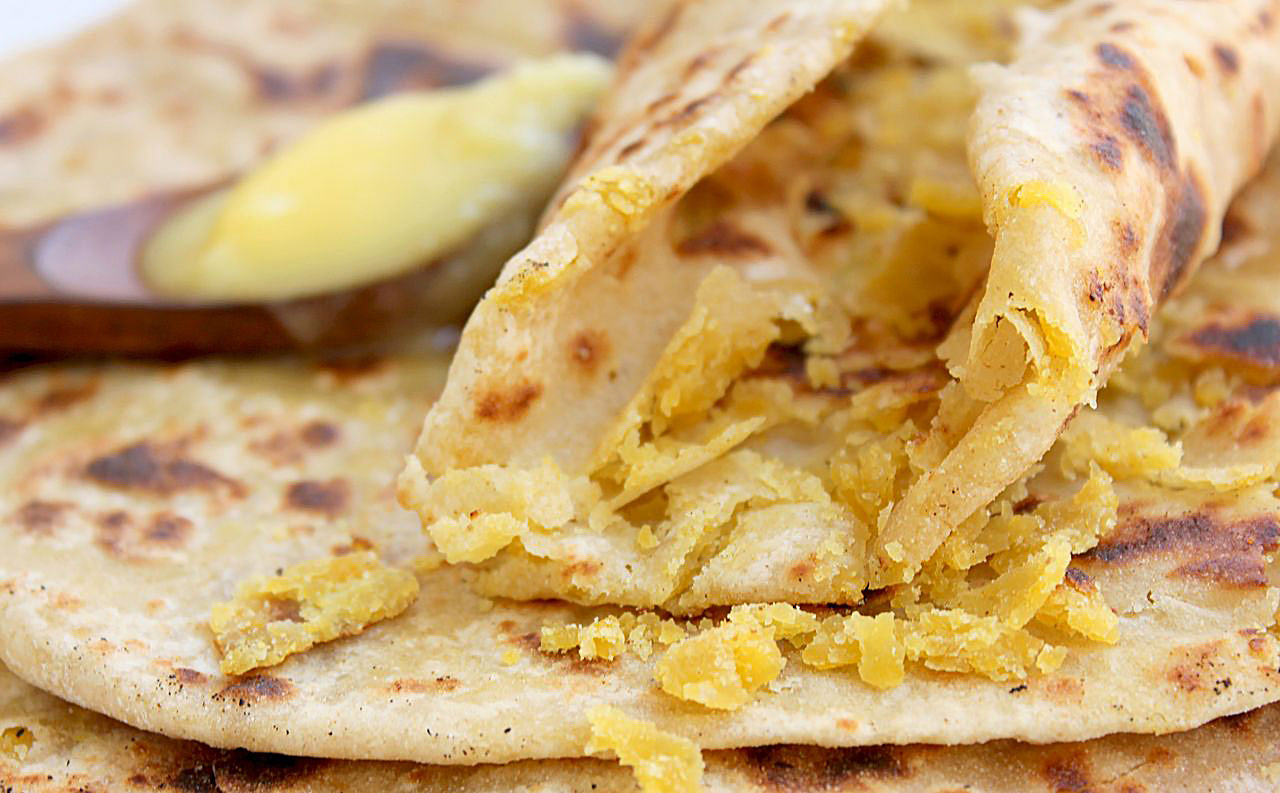
There is puran poli and srikhand during Gudi Padwa and payesh or kheer during Nabana. Southern India has its own unique delicacies, whether it is payasam, pulihora, Ugadi pachadi or the different sweet and savoury pongal rice preparations.
Besides, the food, the harvest festivals also exude a rich heritage and dose of traditional culture and arts. The music and dances, as well as traditional attires all point towards the connection that the festival has to the traditions of the land. The harvest festivals are celebrated with various decorations, such as rangolis, kites, dolls, sugarcane etc. There are fairs, gatherings and showcasing of different cultural skills during the harvest festivals.
And thus, this brings to conclusion that the harvest festivals are in fact, the heart of the country’s celebration. Of course, there are many other festivities that are celebrated with much fanfare. Yet, the harvest festivals are in so many ways a perfect coming together of social, cultural and economic nuances.

The economy of agriculture is regarded as a means of livelihood and sustenance. And though agriculture is an important occupation it is still largely relegated to the unorganized and rural sector of the nation. And so it is heartening to see that the rural urban divide does break down during the harvest festivals. Yes, the intimacy and depth of celebrations might vary, but the general feeling of gratitude is felt no matter in which part of the country.
Perhaps, more than ever before this sense of gratitude also needs to be extended to the farming community in general. A community that has been feeding people in rural and urban areas and yet finds themselves very often at the end of spectrum when it comes to respect, status or education. The need of hour, especially in the wake of the farmer protests, is to truly understand what they need and how the economics of trade function. But most importantly, it is to acknowledge that their occupation is intrinsically woven with the traditions and cultures of the land. And in turn, define the core on which the nation stands.






Thank you for such informative article. It shows the versatile Indian culture. Though the celebration in different form but the purpose of celebration is unique.
Thanks Vandana 🙂